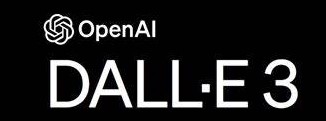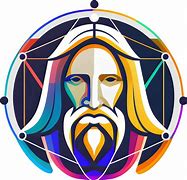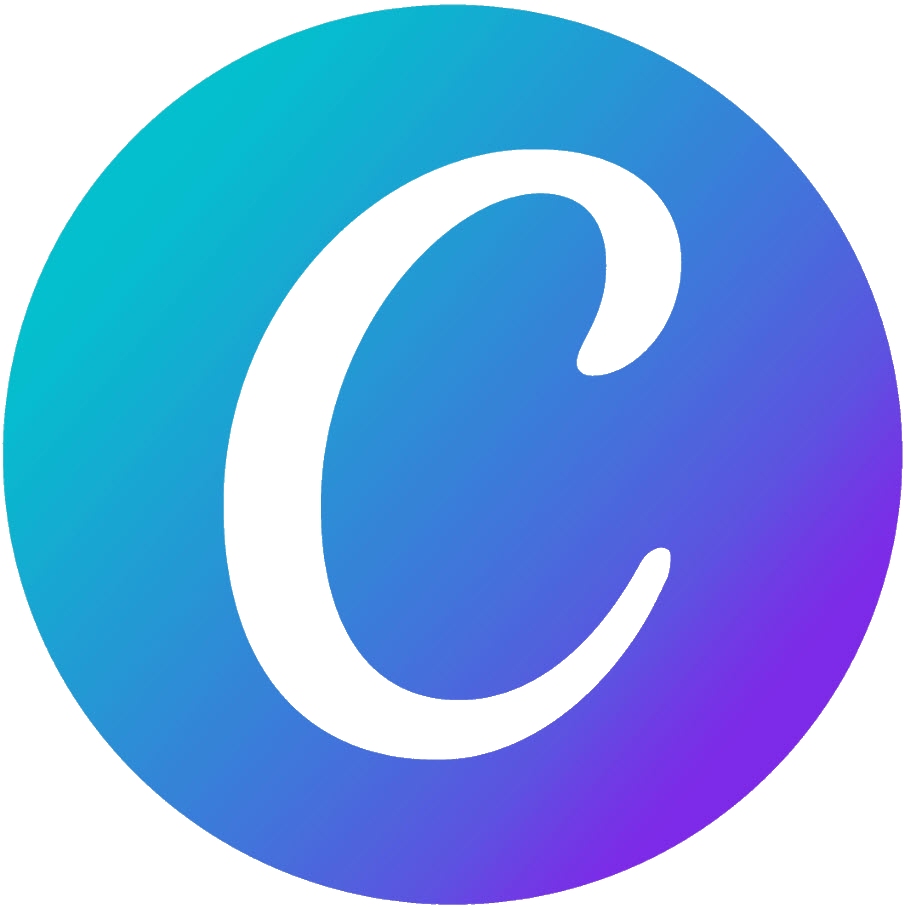Full AI
In this Lane on the NIC AI Assessment Scale, students are permitted to use AI tools for all aspects of coursework such as a study tool, idea generator, editor, outputs evaluated and creation of final product for submission. However, students are ultimately accountable for the work they submit. Any content generated or supported by an artificial intelligence tool must be evaluated for accuracy and cited appropriately. Your instructor will provide further information in class. If you have questions about this, please speak with your instructor.
Listed below are some guidelines outlining how the use of Lane 6 – Full AI may be applied
- AI is used as a co-pilot to enhance creativity and meet learning outcomes.
- This lane is suitable when your work may be based on an earlier organization, idea generation, discussion, oral activity or other methods.
- AI acts as an assistant helping you organize your thoughts, integrate various viewpoints and present findings in a creative manner.
- You may use tools that help you draft outlines, suggest structure, or even provide initial content that you can build upon and refine.
- You may be required to include a reflective paragraph detailing which technologies and where in your assessment you used AI.
examples of full ai use
deepfakes
Now that you have had the chance to explore some of the most common AI image and audio-generative tools, what about “deepfakes?”
Deepfakes are AI-generated to manipulate media through image, audio or text. AI can be used to falsely place anyone or anything into a situation or place where they did not participate – this is not a truthful use of AI. Some deepfakes seem close to real life.
Take this deepfake quiz, to determine how accurately you can identify what is real and what is fake?





